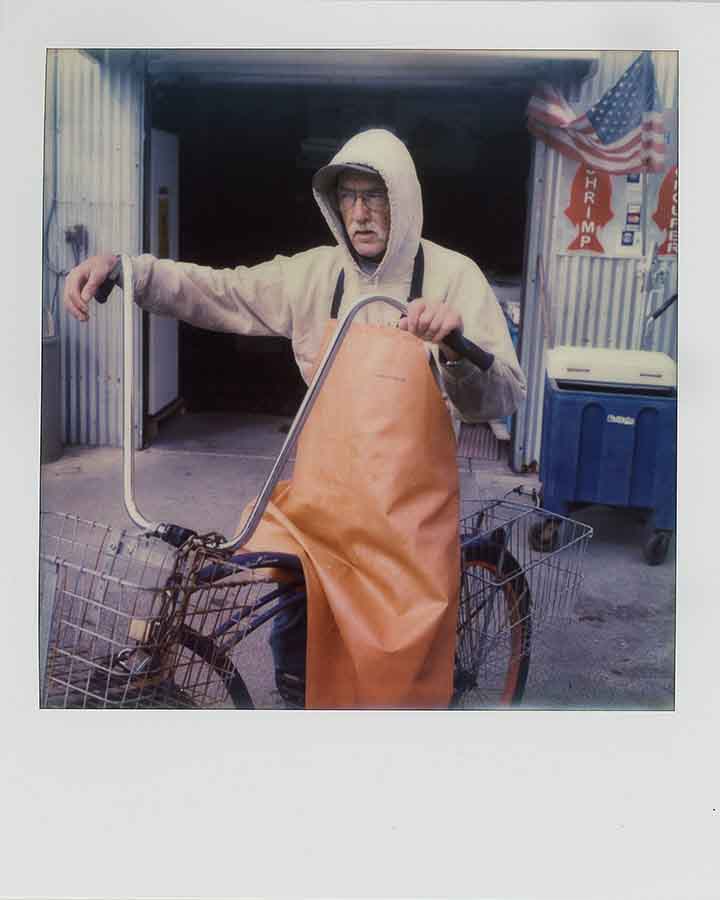
Marcha Al Mar • Dominic Bracco II
The ocean is man’s last true relationship with the wild. Fishermen and the waters they work cannot be separated. And to save one, you must save the other.
For me this meant looking for the places where man and ocean touch.
The heroes, villains, and ultimate solutions of the ocean crisis are not clear.
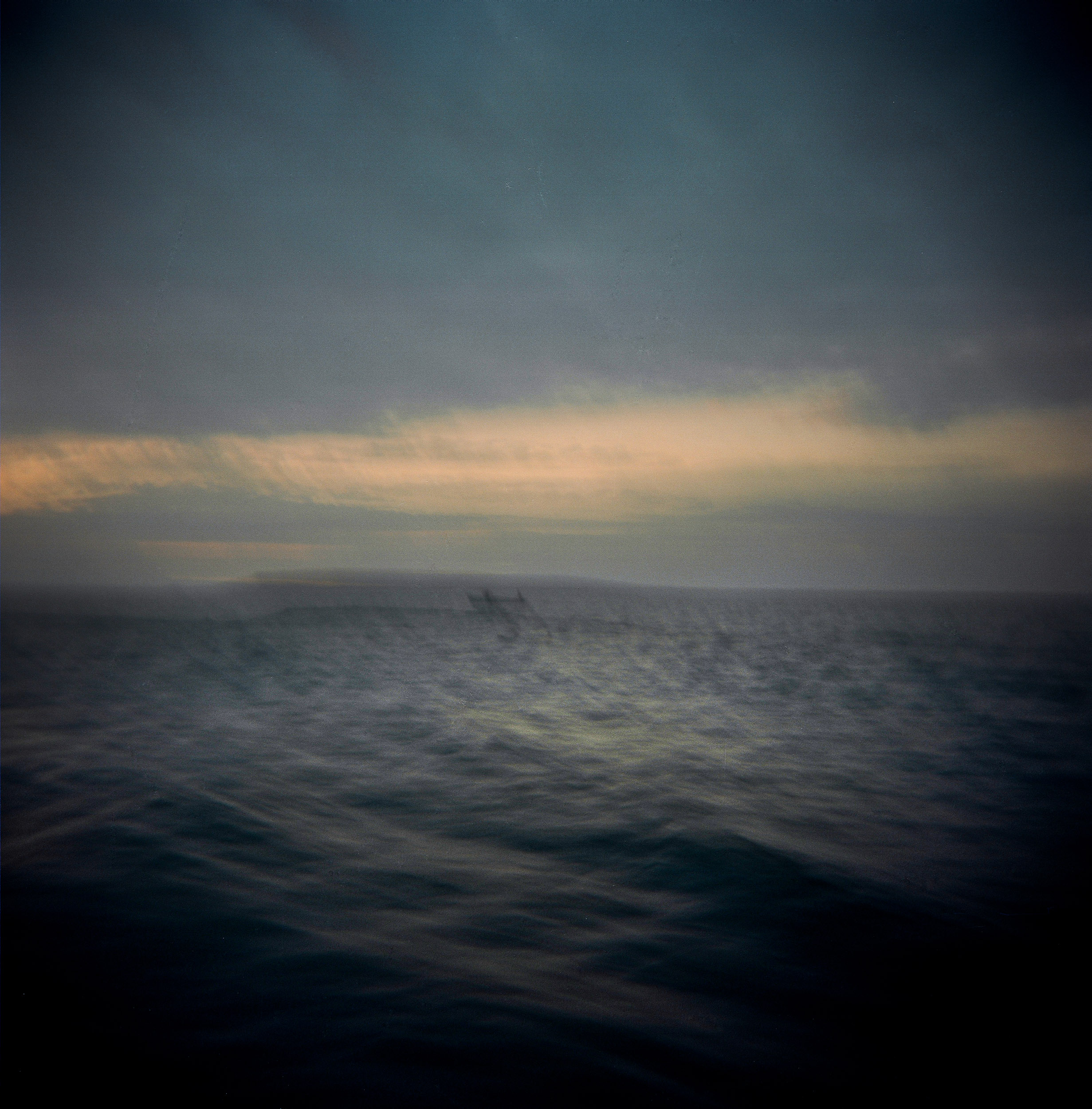
Aral Sea, 2009
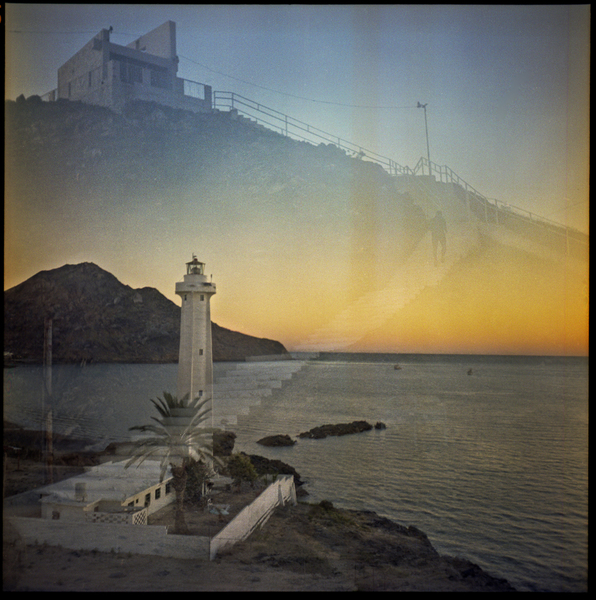
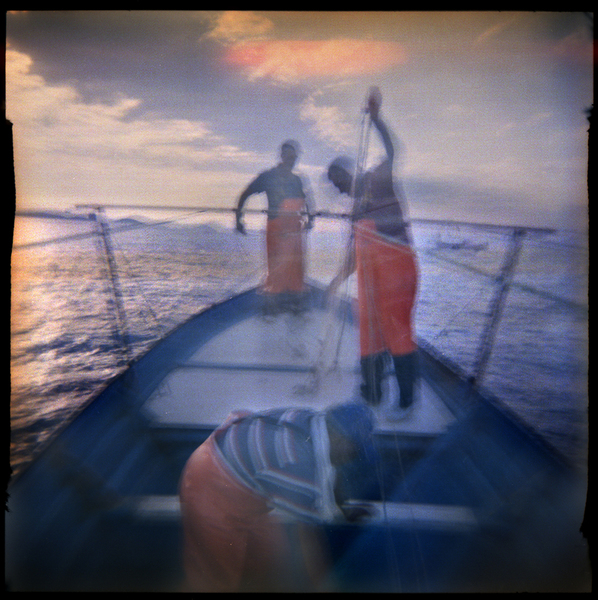
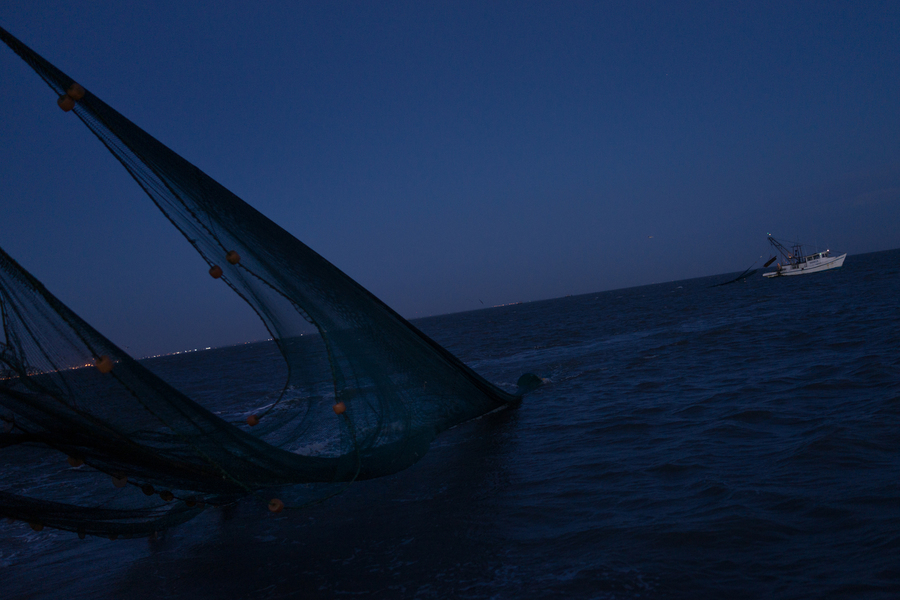
Shrimpers work the waters off the Texas coast. (Dominic Bracco II / Prime for WWF Magazine)

A fishmarket worker, Galveston, Texas, 2014
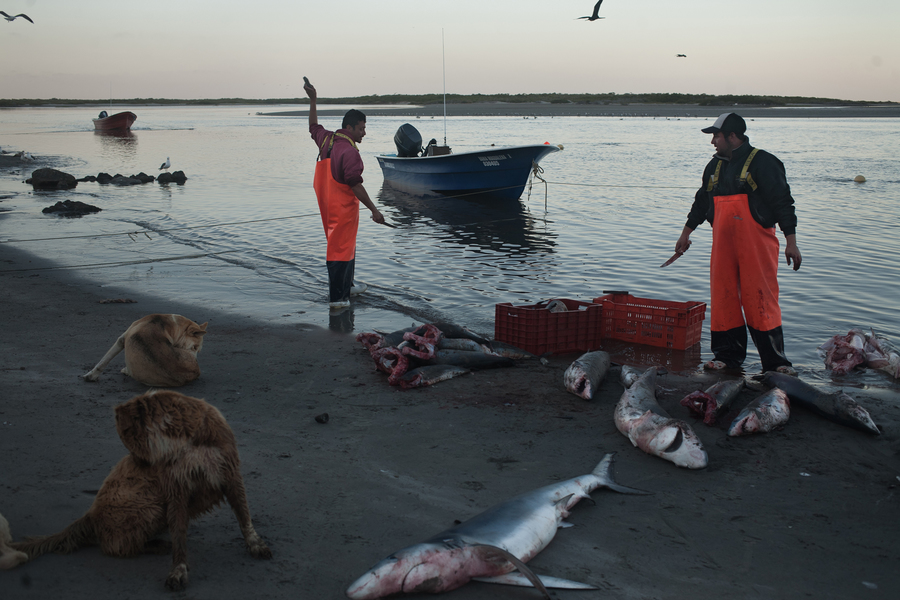
From left, XXXX and XXX Pedro Romero clean their days catch in camp. The men work by removing the fins and then cleaning out the muscly core of the fish for market. (Dominic Bracco II / Prime for Pulitzer Center on Crisis Reporting)
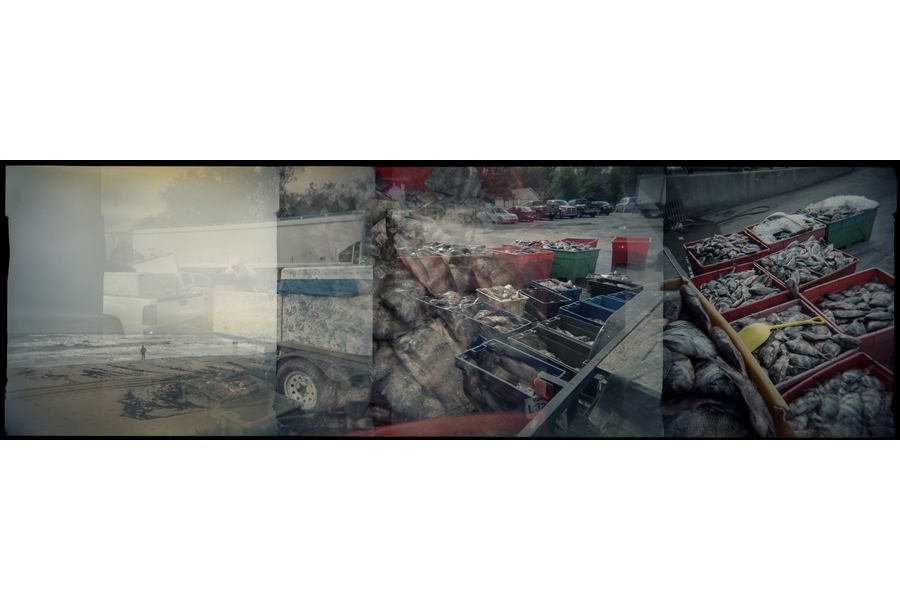
From the Gulf to the docks. (Dominic Bracco II / Prime for WWF Magazine)
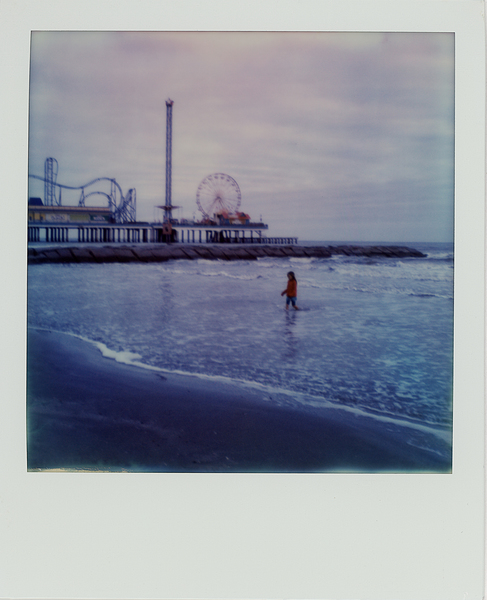
A young girl plays in the cold Gulf of Mexico surf off the coast of Galveston, Texas. The Gulf suffered huge losses in biomass of commercial species during the 1980s and '90s but stocks have rebounded due to careful management. (Dominic Bracco II / Prime for WWF Magazine)
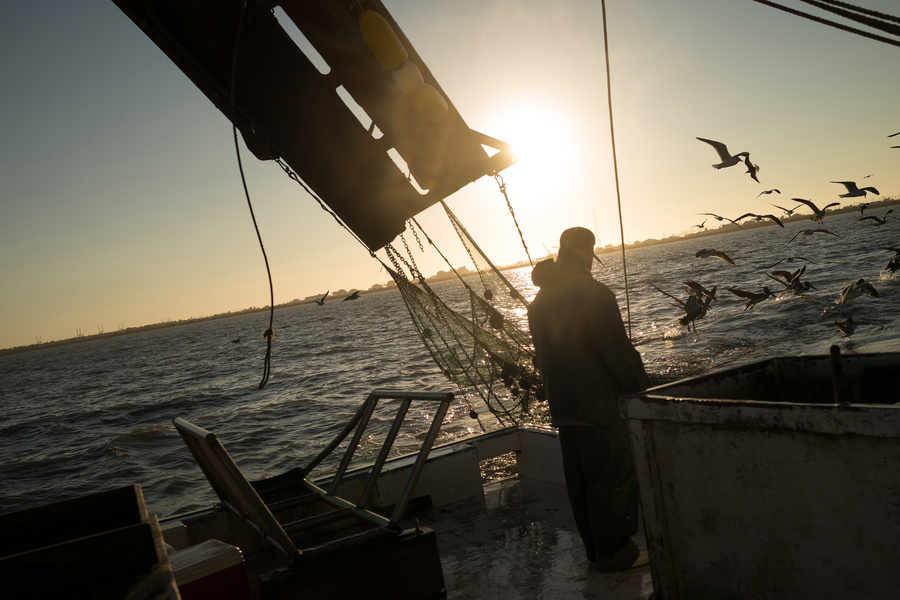
Deckhand Arthur Miller watches the sunrise off the coast of Galveston, Texas while shrimping for bait on the "Sherry Diane." (Dominic Bracco II / Prime for WWF Magazine)
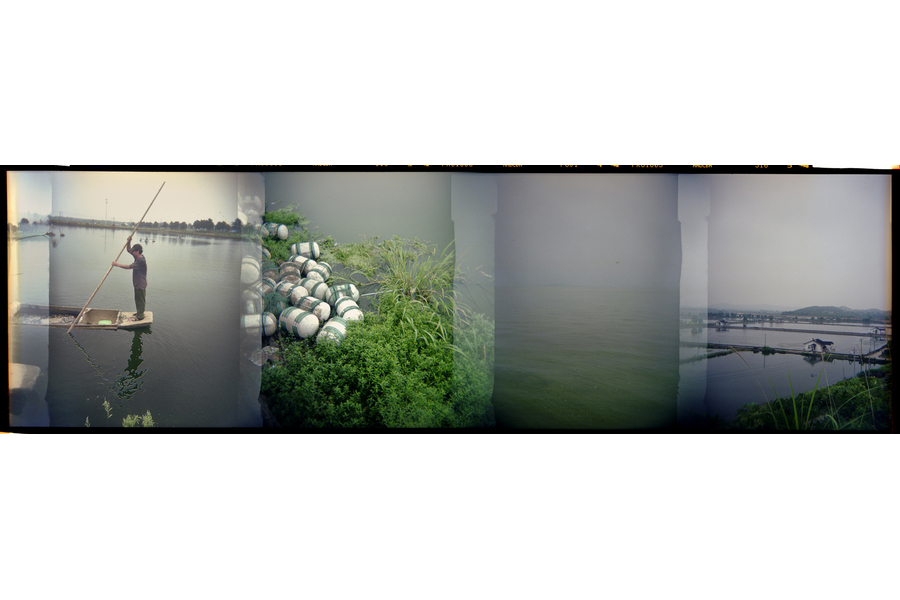
Sequence from left: A fish farmer working outside of Wuxi. Buoys near the Wu Jing Aquaculture Farm. The polluted waters of Taihu Lake. A fish farm at San Men Hu near Wuhan. (Dominic Bracco II / Prime for Mongabay)
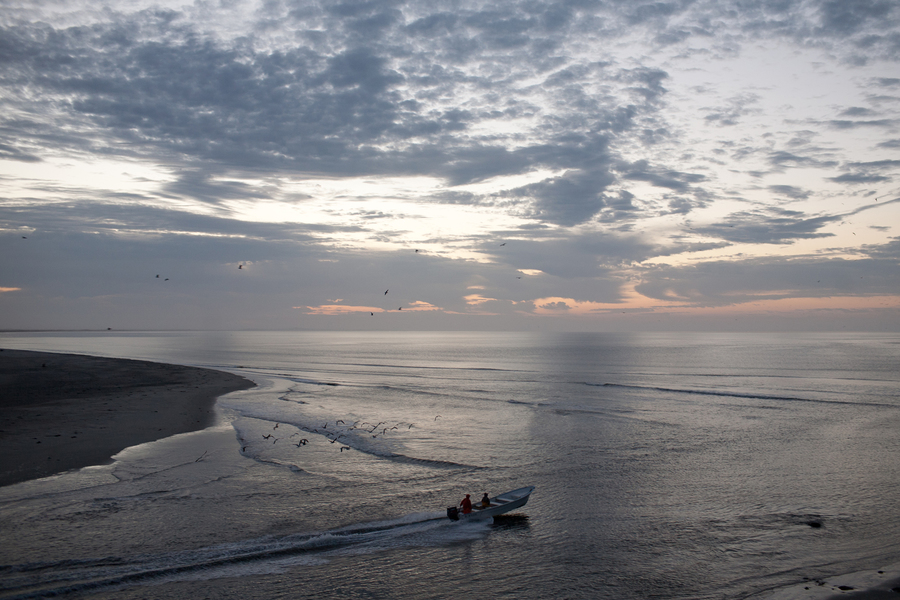
A group of fishermen leave the camps on the estuary at Isla San Lazaro into the Magdalena Bay and out into the Pacific. (Dominic Bracco II / Prime for Pulitzer Center on Crisis Reporting)

XXXX buttons up his coveralls before heading to sea. (Dominic Bracco II / Prime for Pulitzer Center on Crisis Reporting)
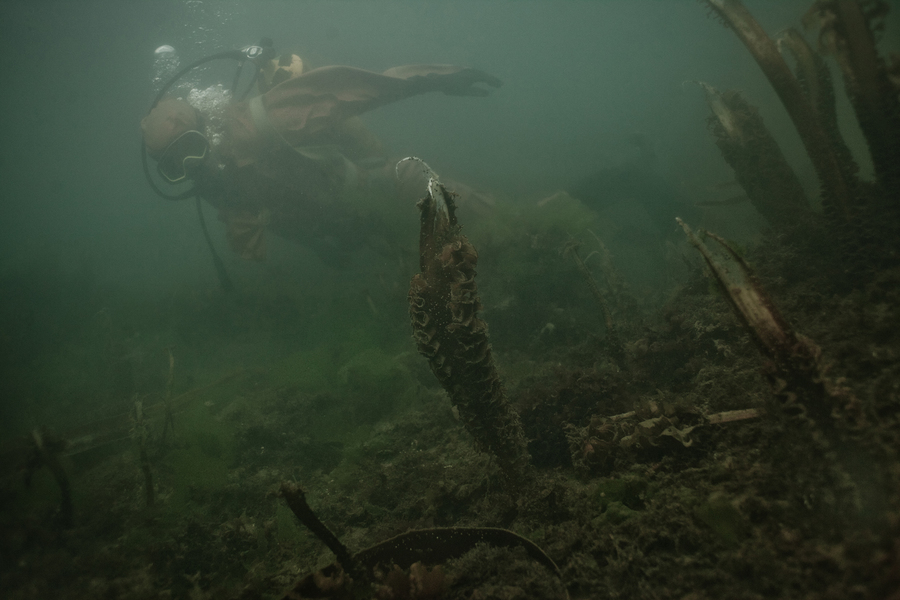
A fisherman from the Zhangzidao Group swims along a cove off the coast of Zhangzi Island. The cove is locally famous because in 1975 its abalone was chosen for the banquet in honor of then-president Richard Nixon.
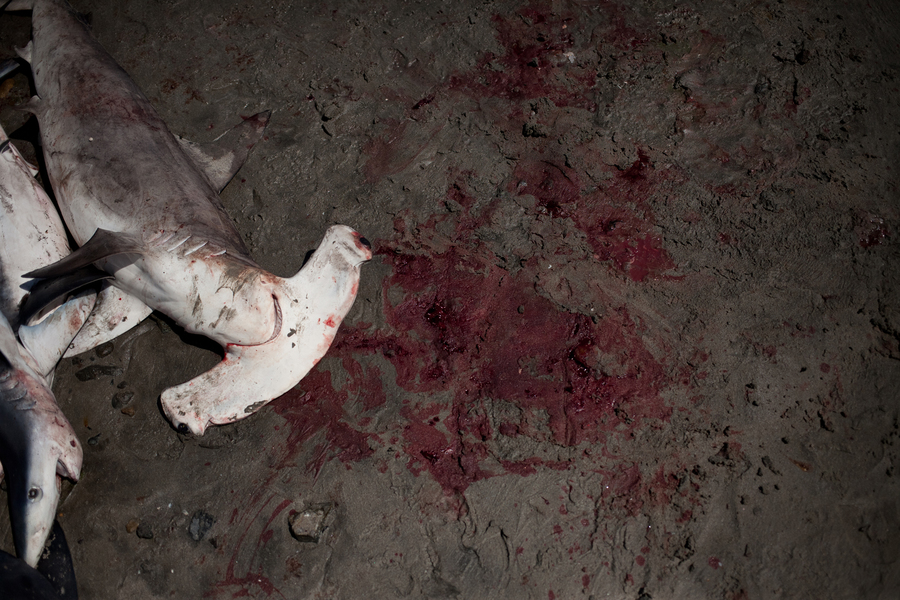
(Dominic Bracco II/ Prime)
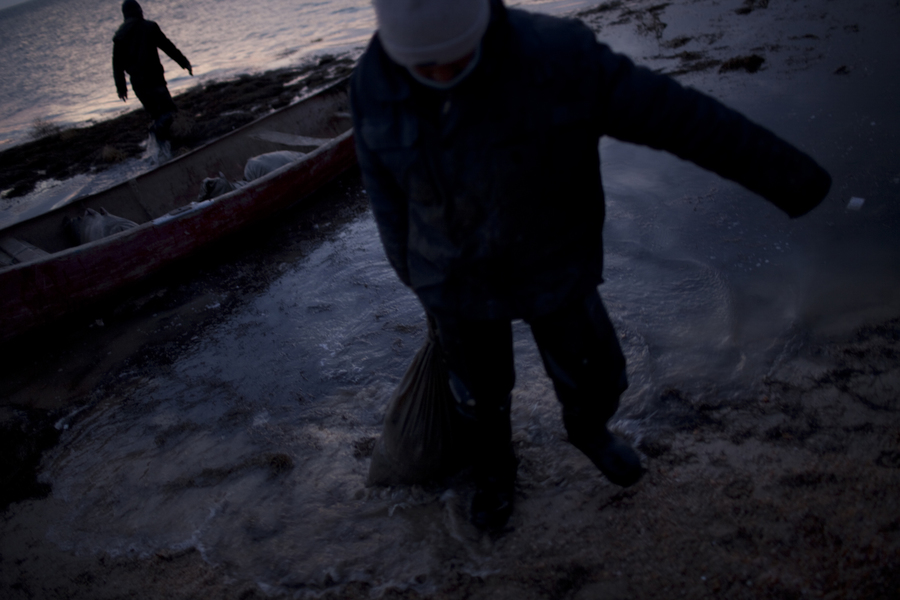
CREDIT: DOMINIC BRACCO II..SLUG:PRJ/KAZAKHSTAN..DATE:11/1/2009..CAPTION:From left Fisherman Almat Aidoraliev, 21 of Aralsk, and Gaziz Yeleusizov pull bags of fish out of a boat after fishing the Aral Sea on November 1, 2009...Aral Sea Overview: ..During the 1960s the USSR began irrigating the waters of the Aral Sea in southern Kazakhstan to combat their growing food crisis. The Soviets severely miscalculated and water began receding quickly from the port cities. The waters continued to recede. By 2000 the water was 80 km away from the city of Aralsk, a main seaport in Kazakhstan. In 2005 with help from the World Bank, construction began on a 13km dike that locals hoped would bring the waters back to their original shores. The project raised water quality and fishing was able to resume, however four years after completion of the dike the water is still 50km from Aralsk's port. Locals seem mixed on the possibility of the sea returning after more than 40 years without the sea. Fishermen from Aralsk make a three-hour path through soft desert road along the former seabed. The only source of income for many is cattle, horses, and camels, which have, began to overgraze the areas of the former seabed and surrounding desert. Because of this nutrient rich topsoil is lifted by the wind and the process of desertification continues. .
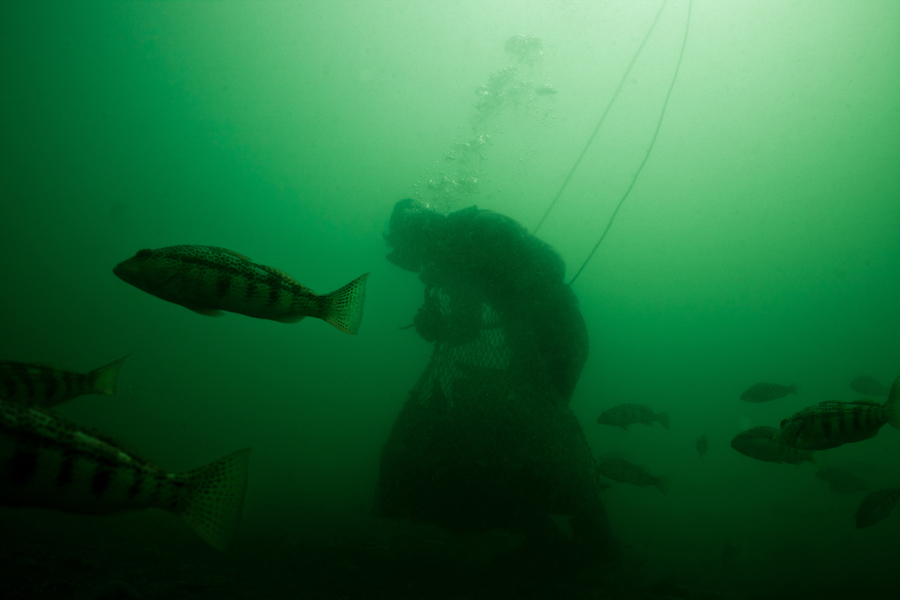
in Kino, Sonora. (Dominic Bracco II / Prime for The Pulitzer Center on Crisis Reporting)
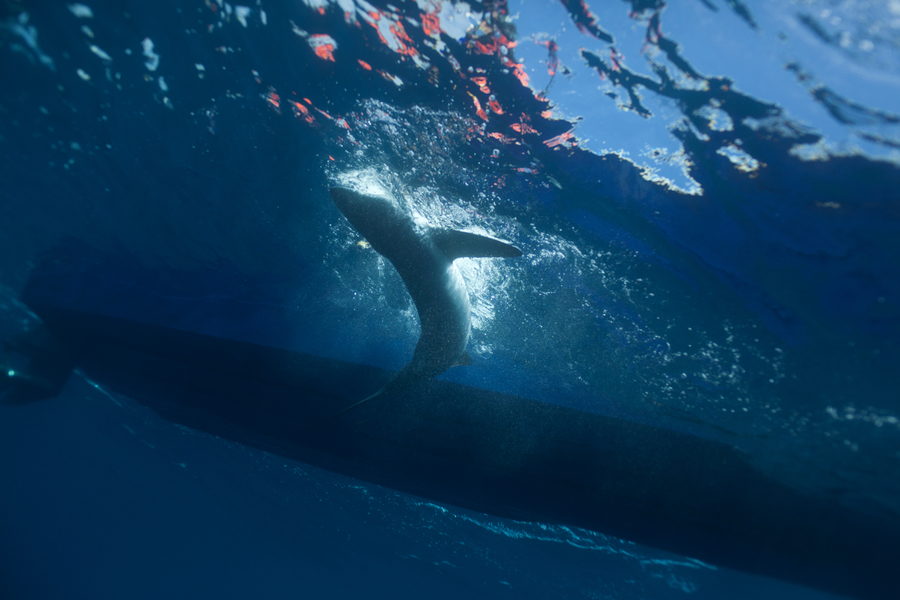
A blue shark struggles before being pulled into a boat. (Dominic Bracco II / Prime for Pulitzer Center on Crisis Reporting)
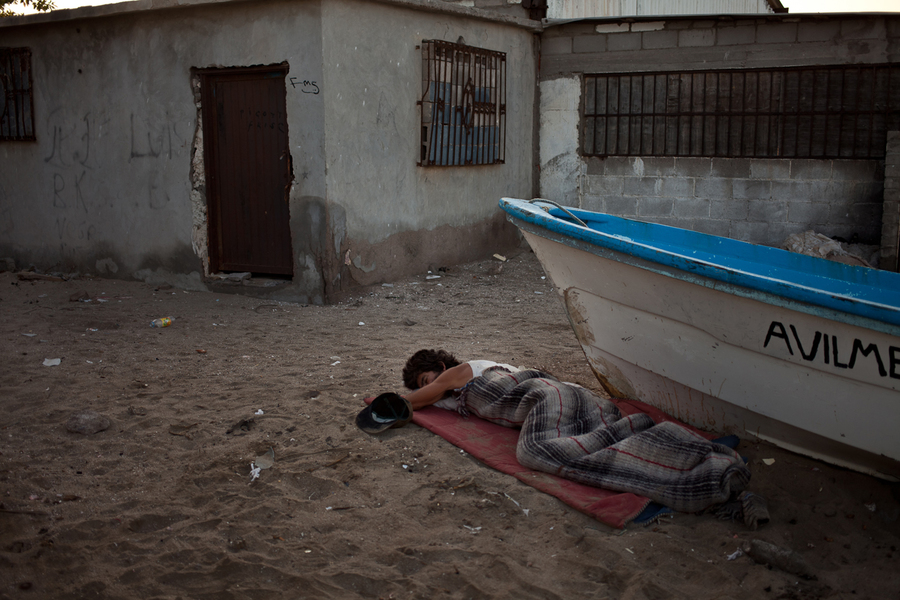
in Kino, Sonora. (Dominic Bracco II / Prime for The Pulitzer Center on Crisis Reporting)
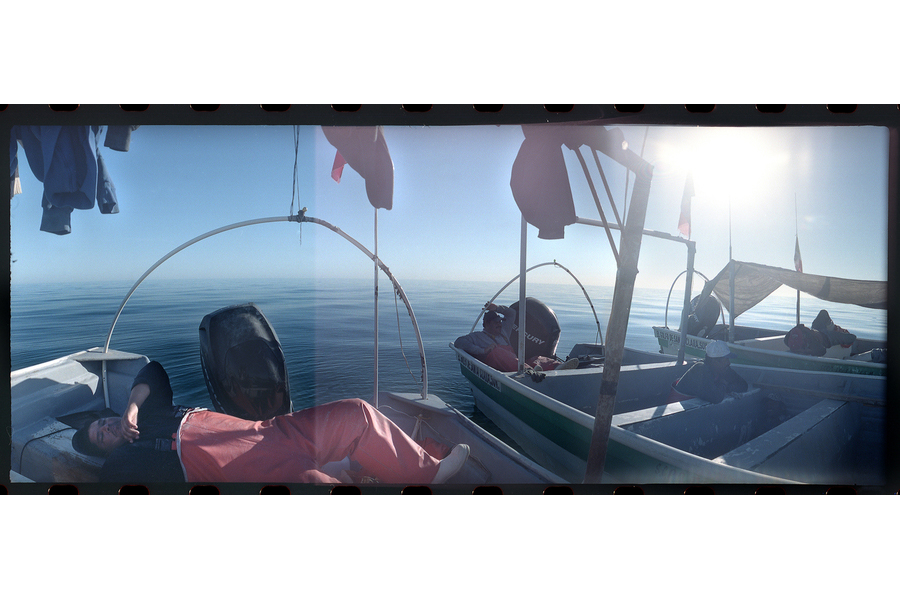
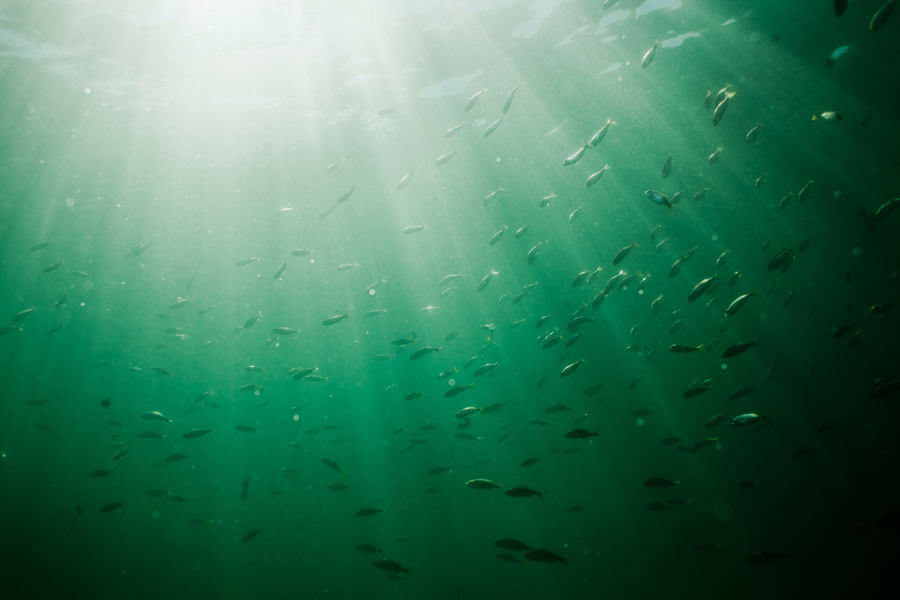
in Guaymas, Sonora. (Dominic Bracco II / Prime for The Pulitzer Center on Crisis Reporting)
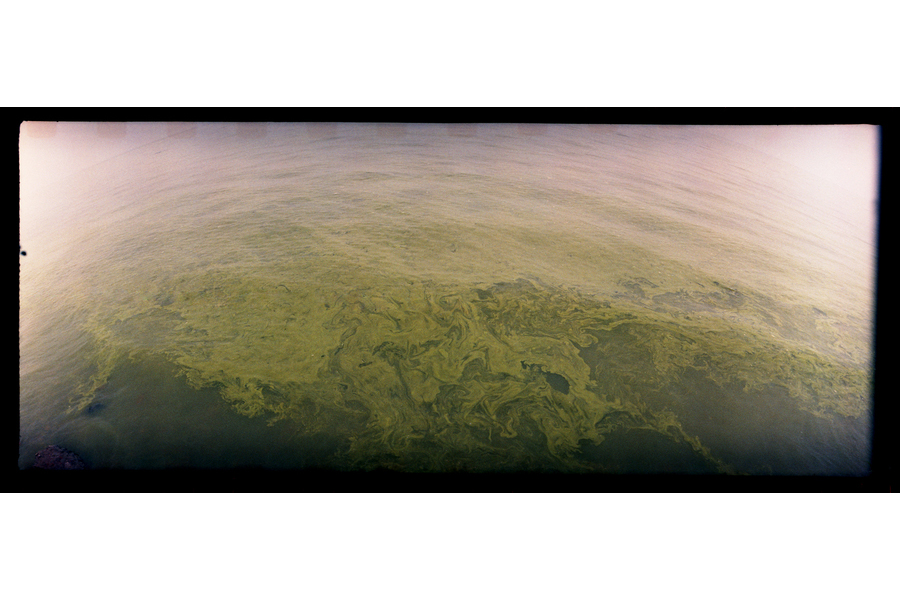
Researchers have tried to purify Taihu Lake's polluted waters. So far, much of Chinese research involves the use of aquatic plants and construction of wetlands. (Dominic Bracco II / Prime for Mongabay)
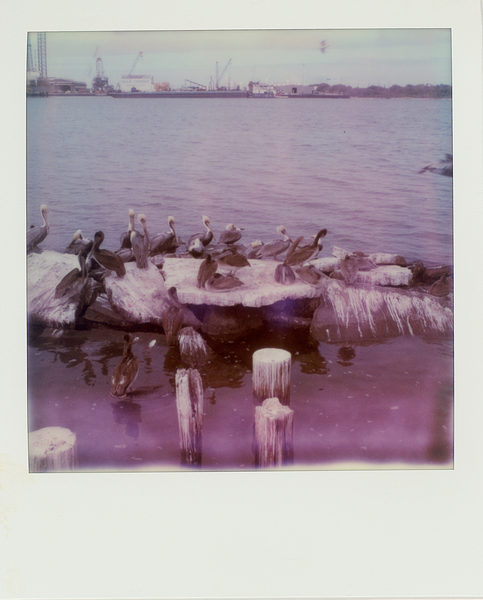
Pelicans rest near the docks at Katie's Seafood Market in Galveston, Texas. (Dominic Bracco II / Prime for WWF Magazine)
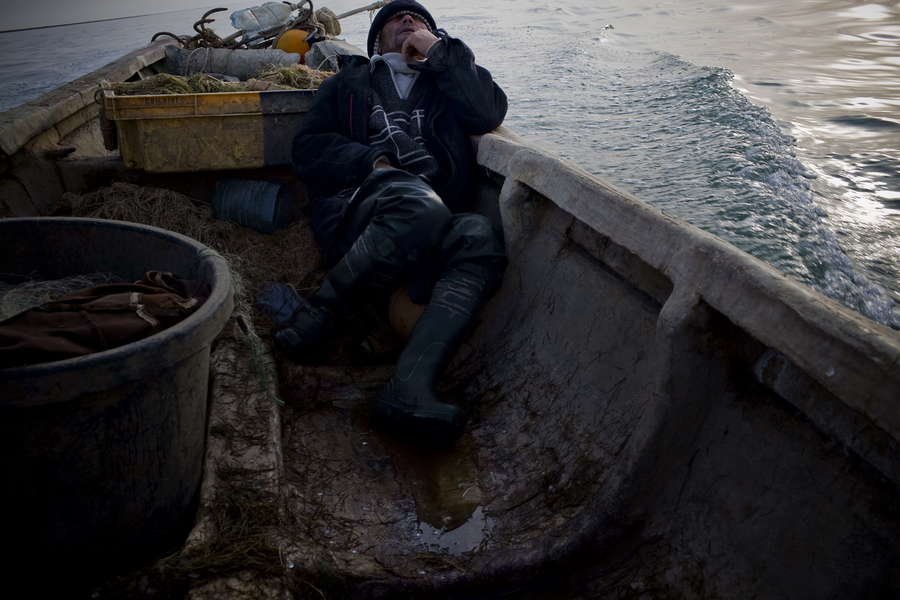
CREDIT: DOMINIC BRACCO II..SLUG:PRJ/KAZAKHSTAN..DATE:..CAPTION:Sahi Aidoraliev, 53 of Aralsk, passes out drunk while out at sea on November 1, 2009...Aral Sea Overview: ..During the 1960s the USSR began irrigating the waters of the Aral Sea in southern Kazakhstan to combat their growing food crisis. The Soviets severely miscalculated and water began receding quickly from the port cities. The waters continued to recede. By 2000 the water was 80 km away from the city of Aralsk, a main seaport in Kazakhstan. In 2005 with help from the World Bank, construction began on a 13km dike that locals hoped would bring the waters back to their original shores. The project raised water quality and fishing was able to resume, however four years after completion of the dike the water is still 50km from Aralsk's port. Locals seem mixed on the possibility of the sea returning after more than 40 years without the sea. Fishermen from Aralsk make a three-hour path through soft desert road along the former seabed. The only source of income for many is cattle, horses, and camels, which have, began to overgraze the areas of the former seabed and surrounding desert. Because of this nutrient rich topsoil is lifted by the wind and the process of desertification continues. .
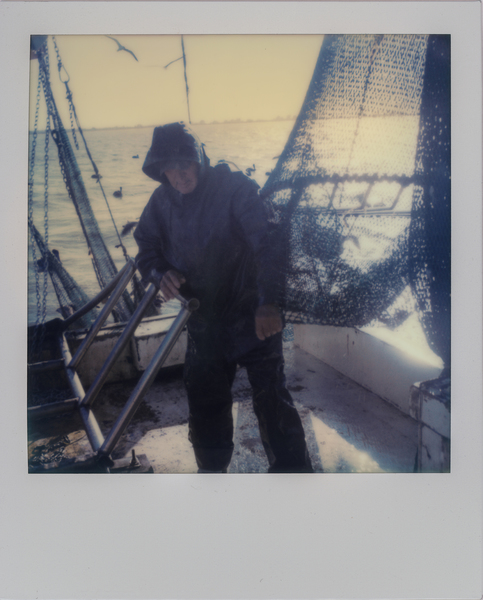
Deckhand Arthur Miller sets nets off the coast of Galveston, Texas while shrimping for bait on the "Sherry Diane." (Dominic Bracco II / Prime for WWF Magazine)
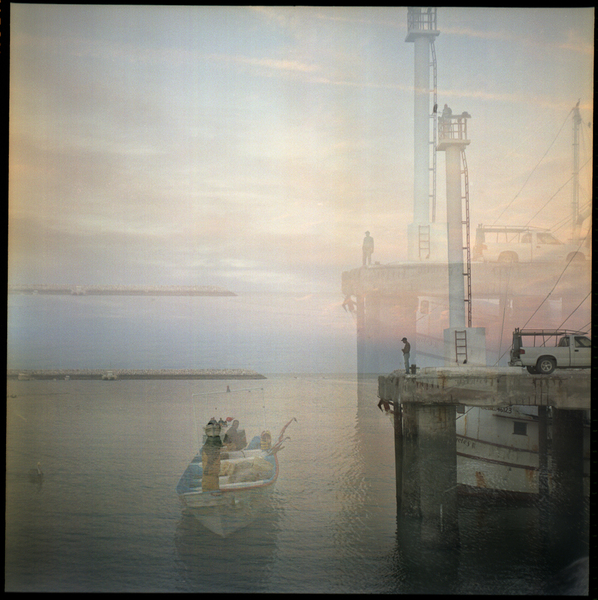
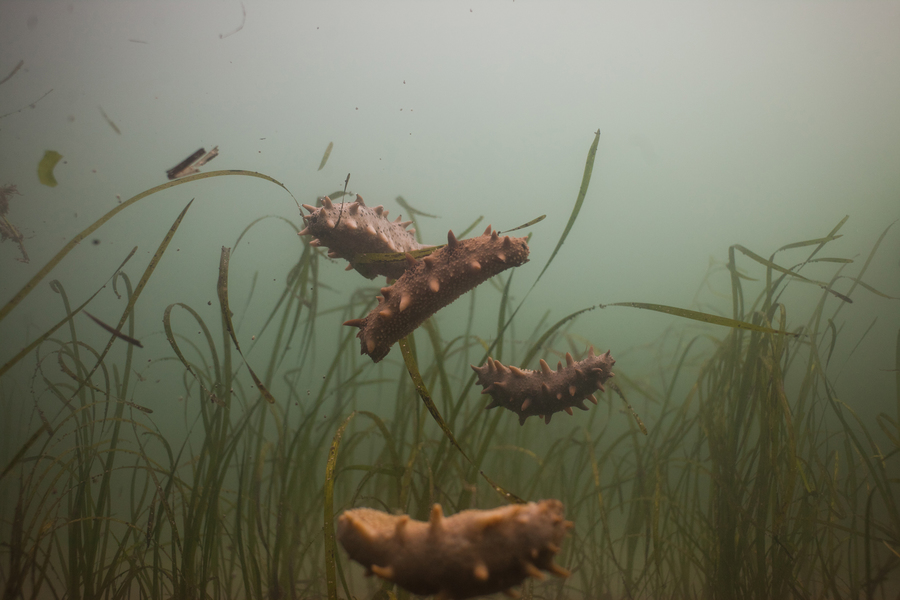
Sea cucumbers slowly sink after a diver returns them to the sea floor. These sea cucumbers fetch some of the highest prices in the world.
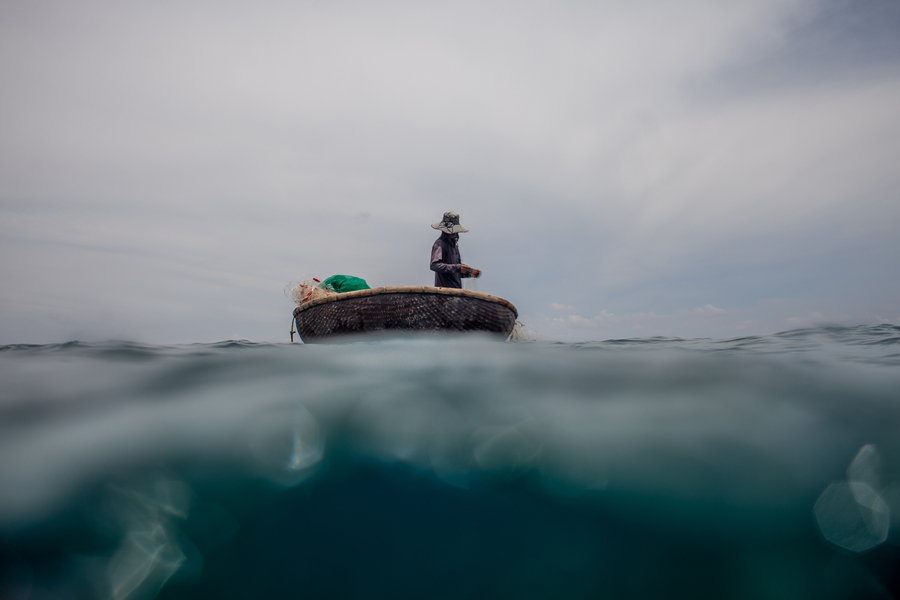
(Dominic Bracco / Prime for Monga Bay)
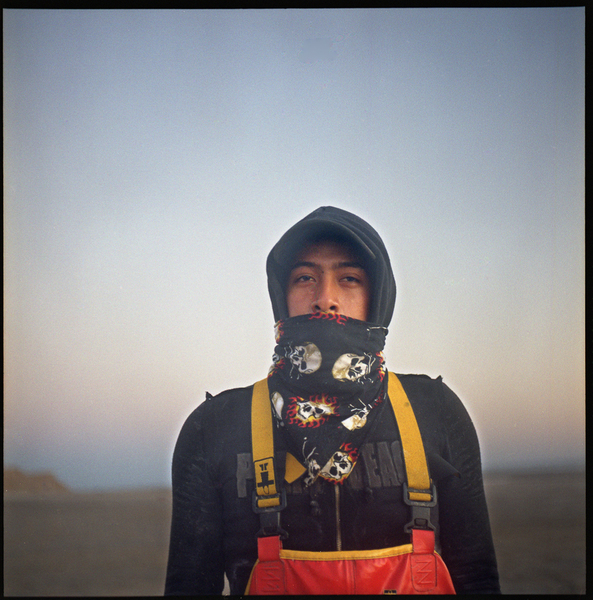
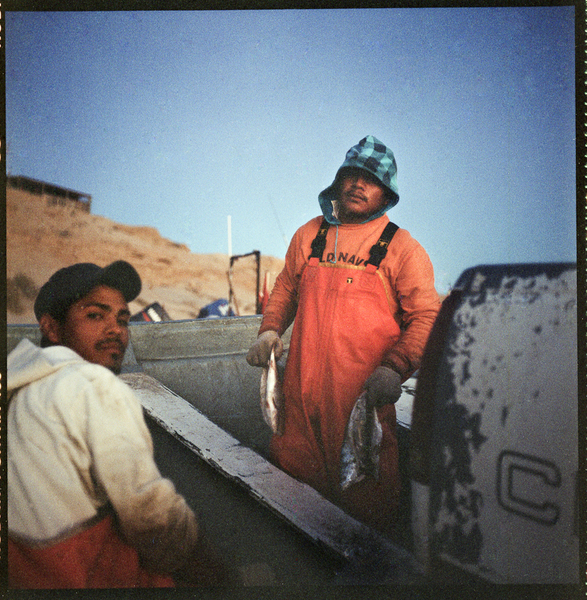
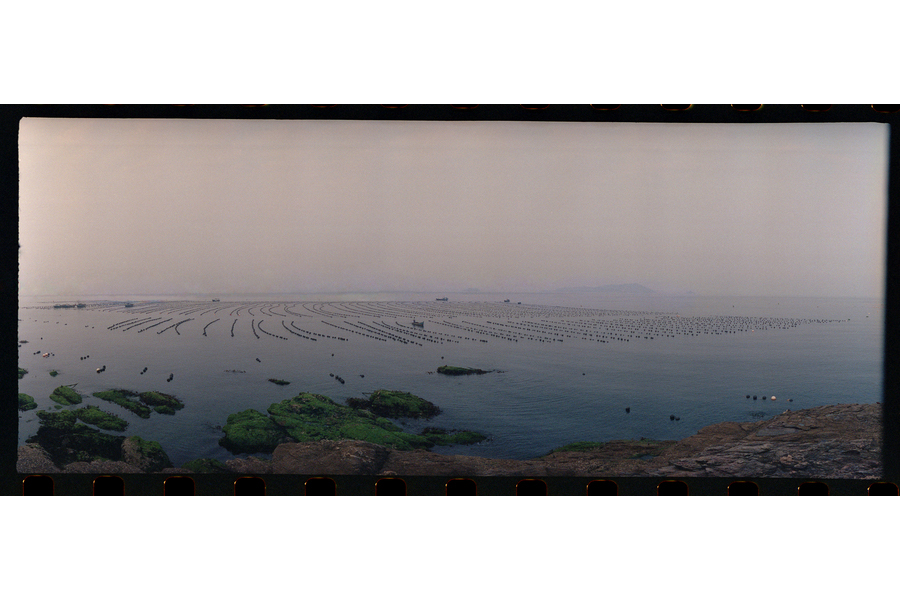
Fish farmers check baskets used to grow scallops off the coast of Zhangzi Island. When the bivalves are large enough they will be released along the shores and eventually harvested by hand. (Dominic Bracco II / Prime for Mongabay)
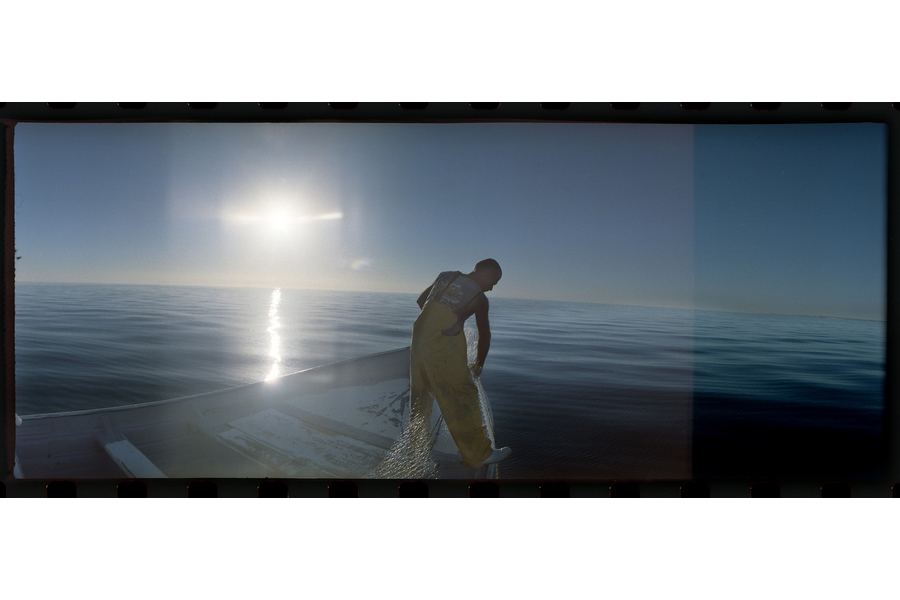
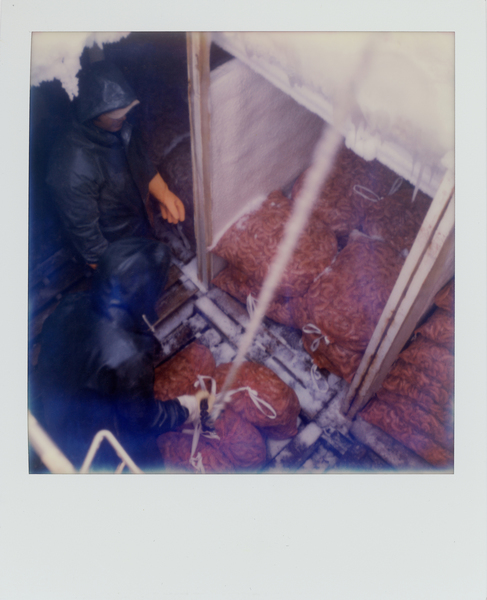
Deckhands unload bails of frozen shrimp at a dock in Palacio's, Texas. (Dominic Bracco II / Prime for WWF Magazine)
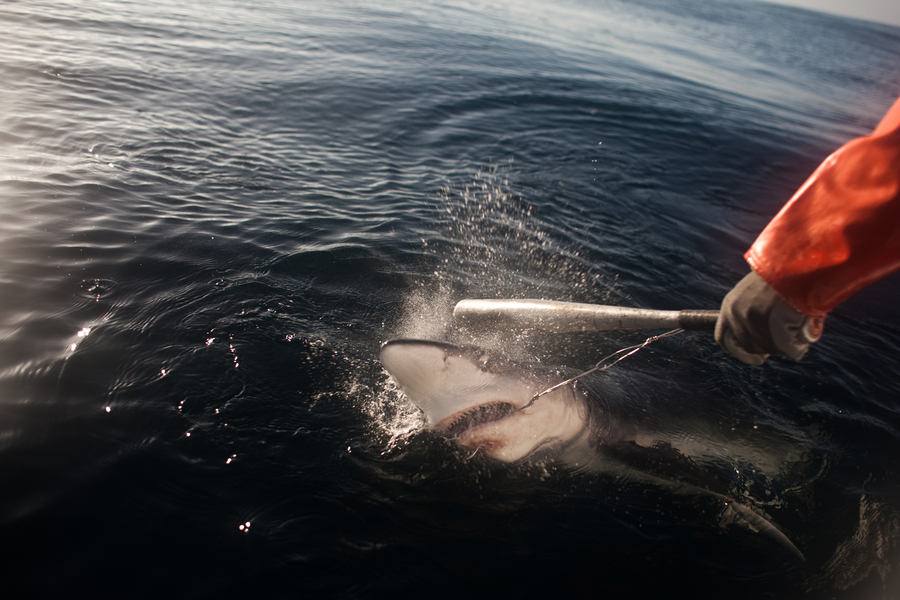
A fisherman clubs a shark as he pulls it in. Sharks often follow specific migration patterns, though most of them are still mysterious to scientists. A few researchers believe that if they can understand the migration patterns of large ocean-going sharks they can begin to design marine parks that could maximize the potential to preserve these animals. (Dominic Bracco II/ Prime)
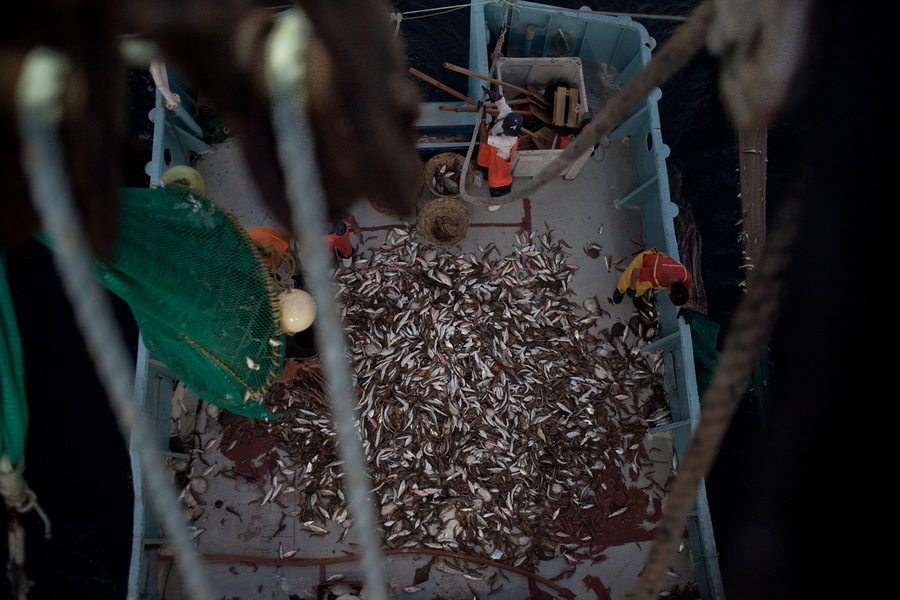
in Guaymas, Sonora. (Dominic Bracco II / Prime for The Pulitzer Center on Crisis Reporting)
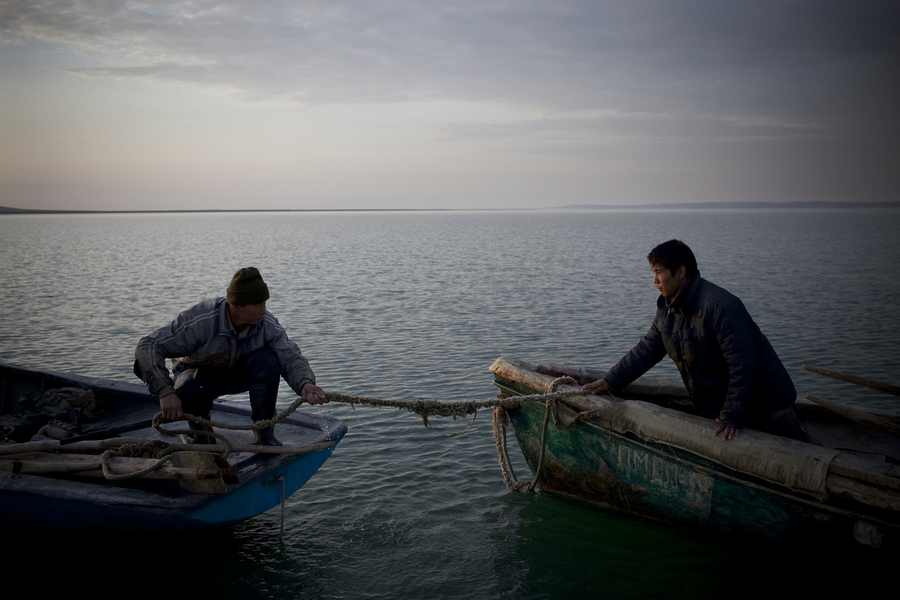
CREDIT: DOMINIC BRACCO II..SLUG:PRJ/KAZAKHSTAN..DATE:11/1/2009..CAPTION:From left, Rustem Baizhanov, 30 of Aralsk, pulls in Gaziz Yelusizov 23 of Aralsk, to board his boat while fishing on the Aral Sea on November 1, 2009...Aral Sea Overview: ..During the 1960s the USSR began irrigating the waters of the Aral Sea in southern Kazakhstan to combat their growing food crisis. The Soviets severely miscalculated and water began receding quickly from the port cities. The waters continued to recede. By 2000 the water was 80 km away from the city of Aralsk, a main seaport in Kazakhstan. In 2005 with help from the World Bank, construction began on a 13km dike that locals hoped would bring the waters back to their original shores. The project raised water quality and fishing was able to resume, however four years after completion of the dike the water is still 50km from Aralsk's port. Locals seem mixed on the possibility of the sea returning after more than 40 years without the sea. Fishermen from Aralsk make a three-hour path through soft desert road along the former seabed. The only source of income for many is cattle, horses, and camels, which have, began to overgraze the areas of the former seabed and surrounding desert. Because of this nutrient rich topsoil is lifted by the wind and the process of desertification continues. .
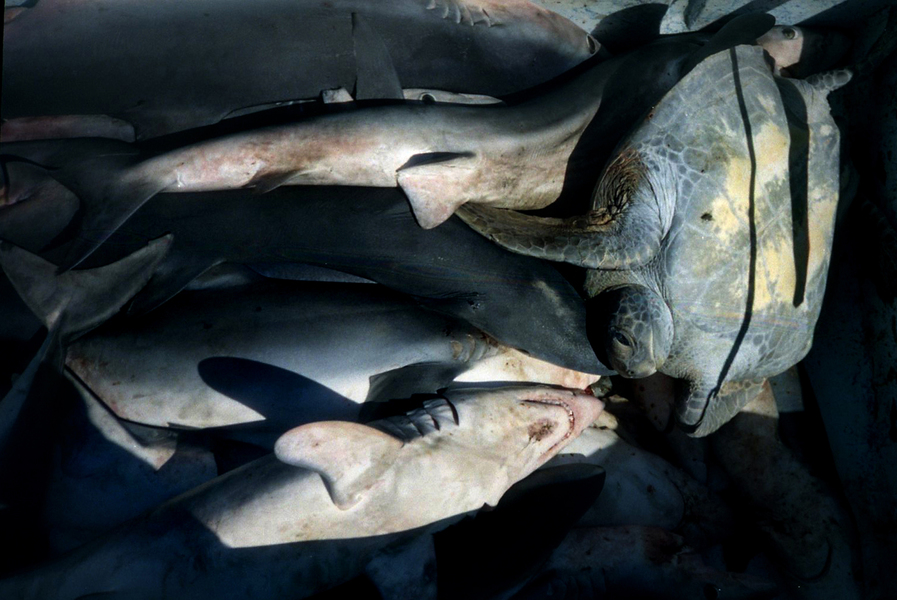

(Dominic Bracco / Prime for Monga Bay)
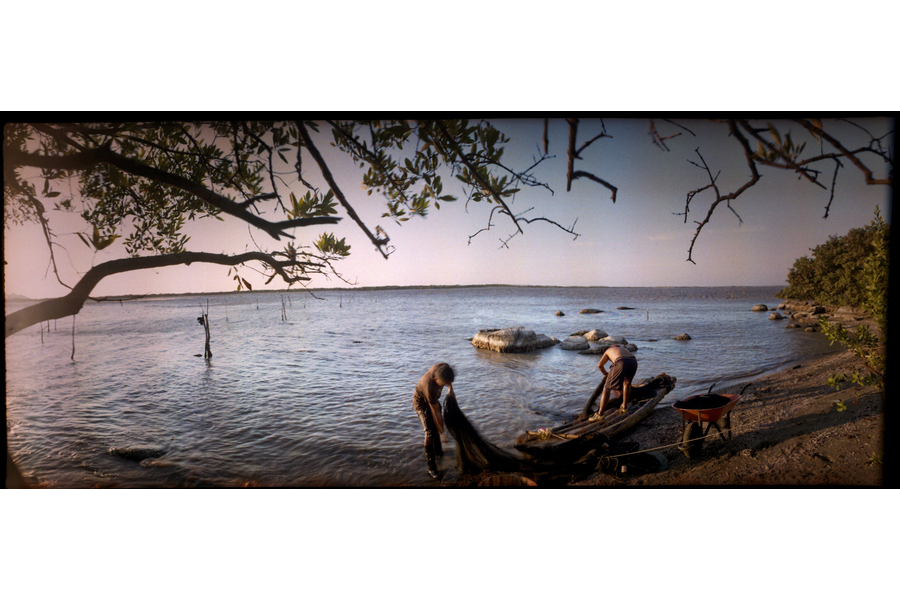
Fishermen from the town of Pueblo Viejo de San Dionisio prepare their nets before heading out to fish. The Isthmus of Tehuantapec, long a center for indigenous land ownership, is now embroiled in a land dispute over wind farm land. Called “Mexico’s little waist,” the Isthmus is a wind tunnel that links the Gulf of Mexico to the Pacific through mountain passes at the narrowest part of Mexico. The geographical funnel makes it one of the windiest places in North America and for a decade wind energy companies have been jostling to acquire land to power the likes of Coca-Cola and Wal Mart.
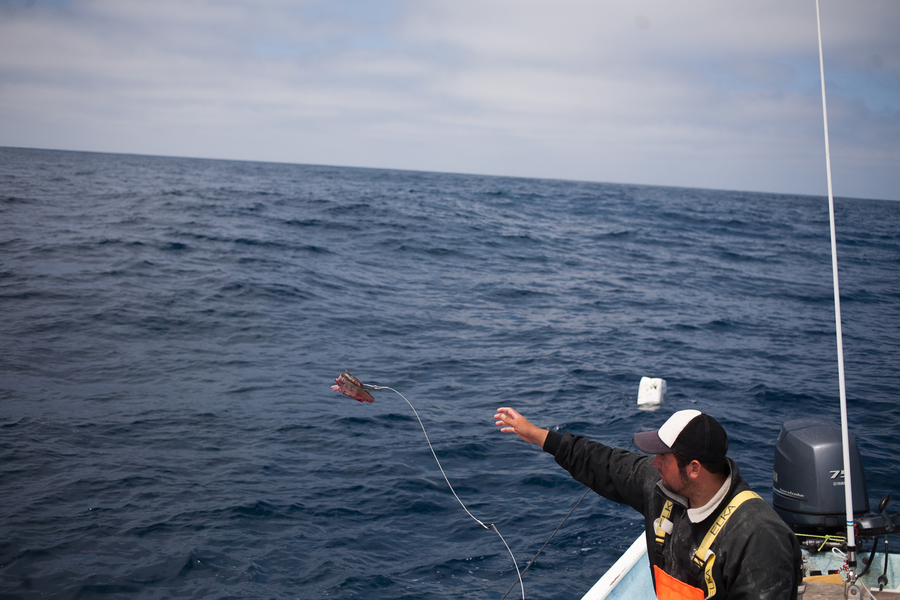
(sequence) Pedro "Whitey" Romero baits a "simplera" float system offshore. Romero works waters at a depth of around 1,000 feet deep about 50 miles offshore. (Dominic Bracco II / Prime for Pulitzer Center on Crisis Reporting)
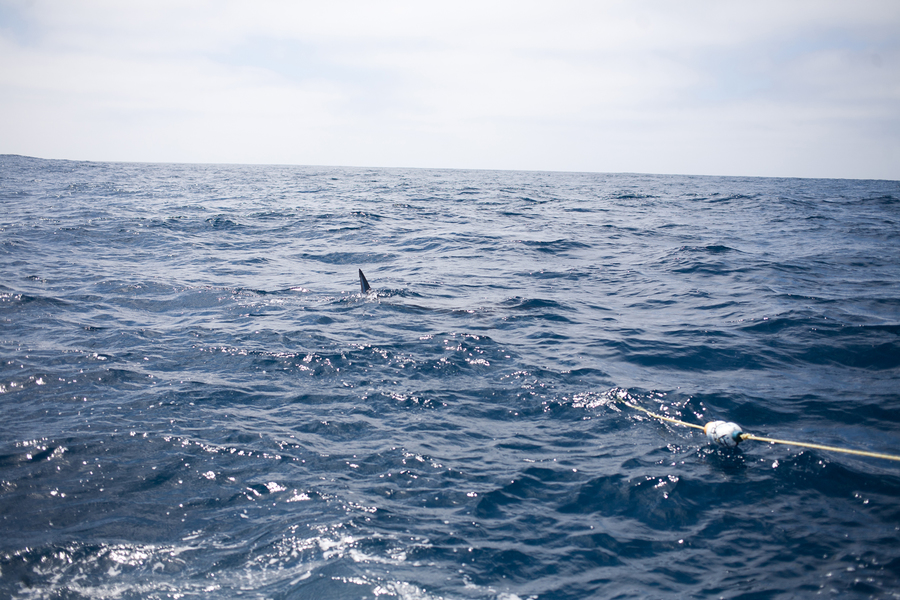
(sequence) A mako shark is seen swimming at one of the "simplera" systems left the day before by fishermen. Romero works waters at a depth of around 1,000 feet deep about 50 miles offshore. (Dominic Bracco II / Prime for Pulitzer Center on Crisis Reporting)
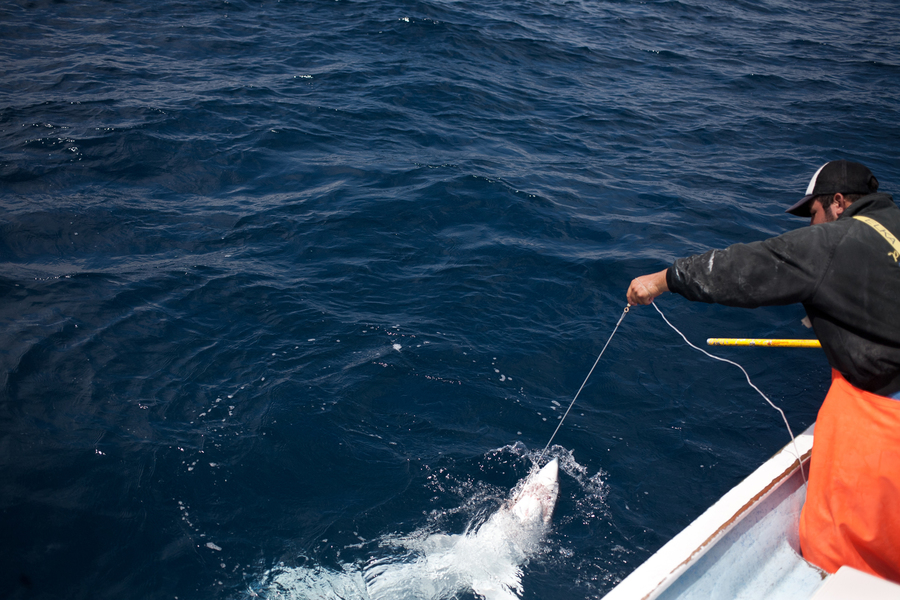
(sequence) Pedro "Whitey" Romero gets close to the shark with his panga and then his partner holds onto the anchored line. He pulls the shark in closer to the boat. Romero works waters at a depth of around 1,000 feet deep about 50 miles offshore. (Dominic Bracco II / Prime for Pulitzer Center on Crisis Reporting)
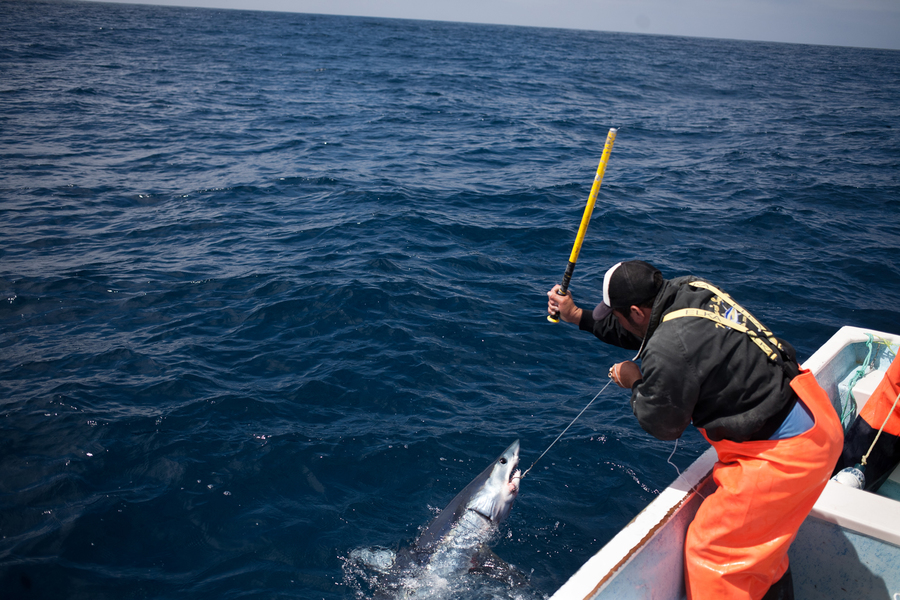
(sequence) Then Pedro "Whitey" Romero hits the shark with a metal bat to bring the animal into the boat. Romero works waters at a depth of around 1,000 feet deep about 50 miles offshore. (Dominic Bracco II / Prime for Pulitzer Center on Crisis Reporting)

(sequence) Pedro "Whitey" Romero pulls a mako shark on board. Romero works waters at a depth of around 1,000 feet deep about 50 miles offshore. (Dominic Bracco II / Prime for Pulitzer Center on Crisis Reporting)
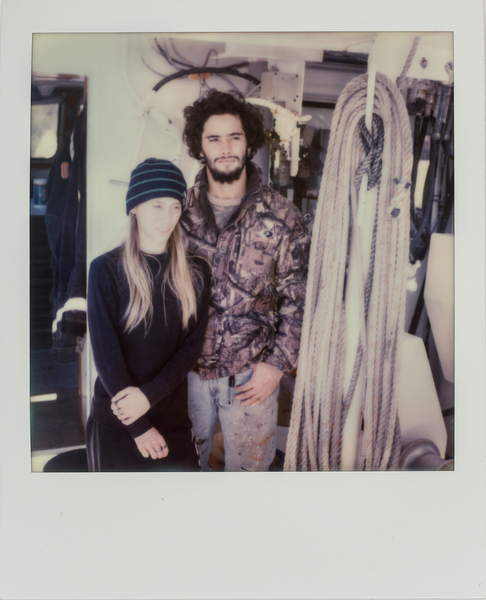
From left, fishermen Daisy Moore, 21, and her boyfriend Jake Cressionie, 20, pose for a portrait onboard the Anna Marie shrimp boat in Louisiana. (Dominic Bracco II / Prime for WWF Magazine)
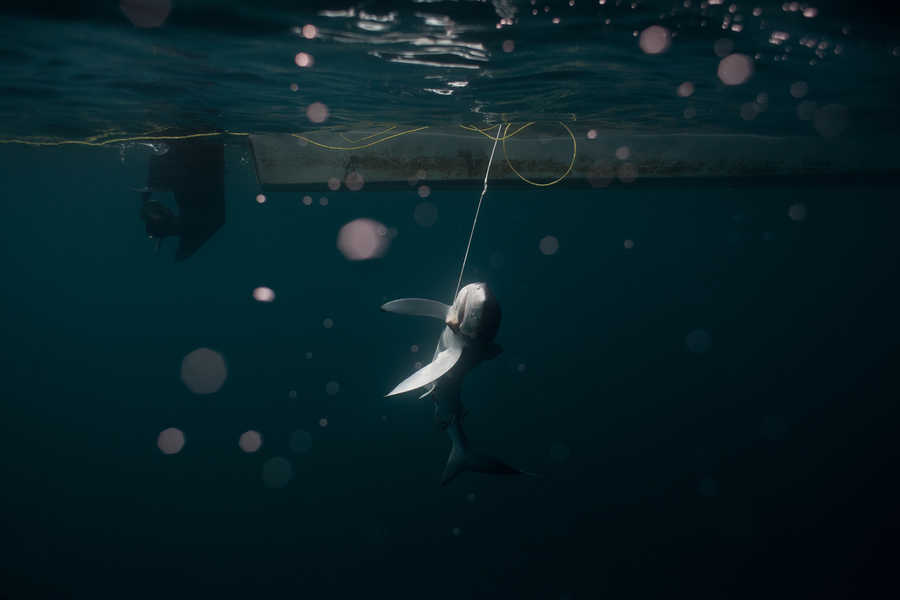
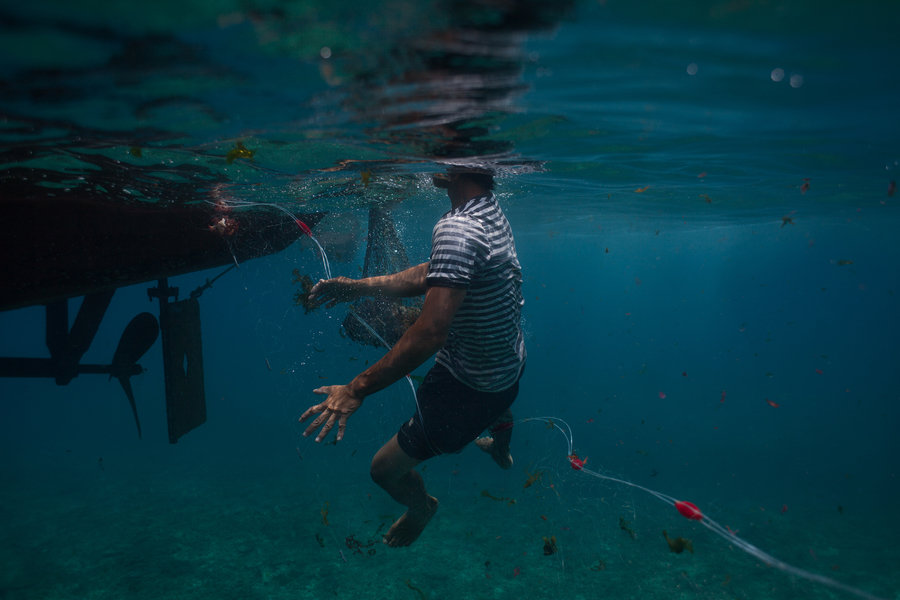
(Dominic Bracco / Prime for Monga Bay)
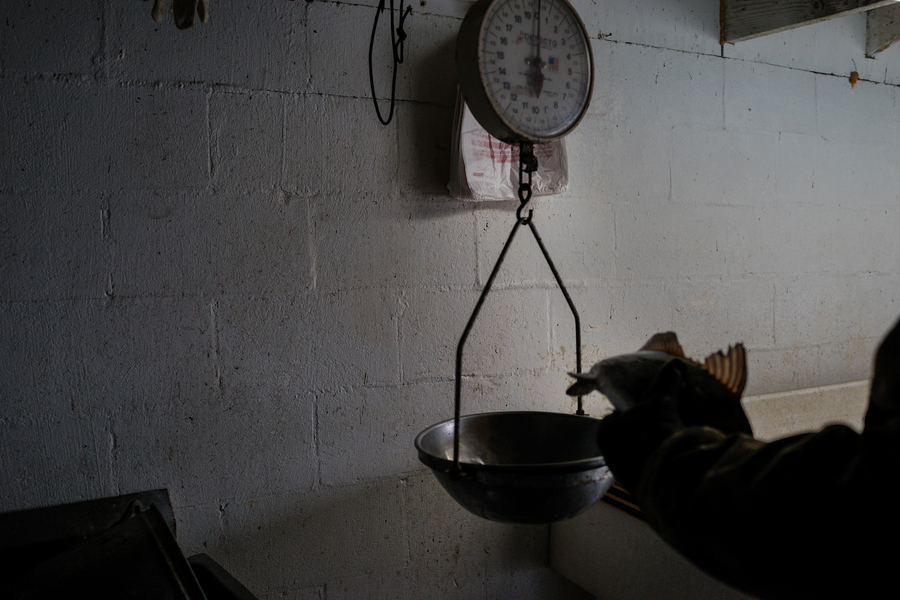
Fishermen weigh black drum at a fish market in Corpus Christi, Texas. (Dominic Bracco II / Prime for WWF Magazine)
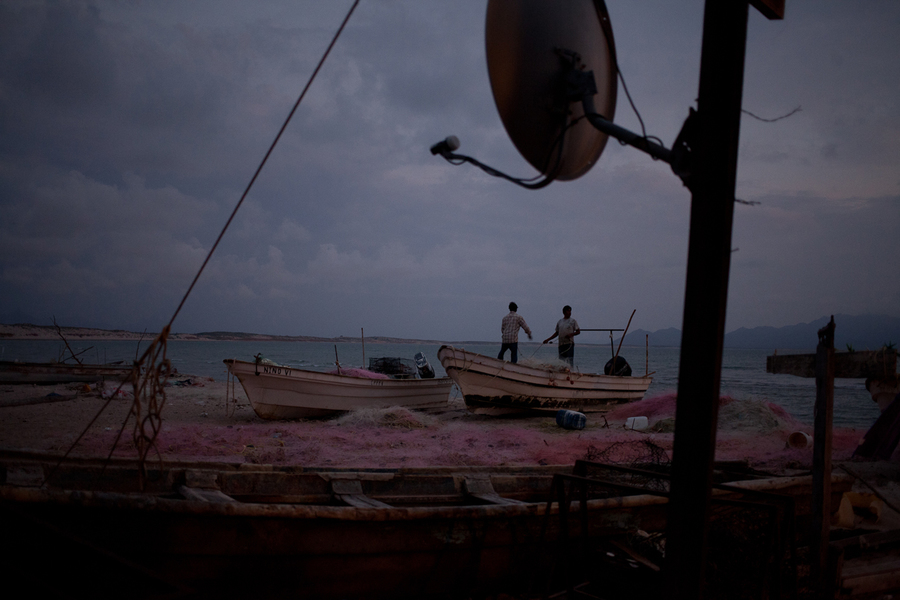
in Desemboque, Sonora. (Dominic Bracco II / Prime for The Pulitzer Center on Crisis Reporting)
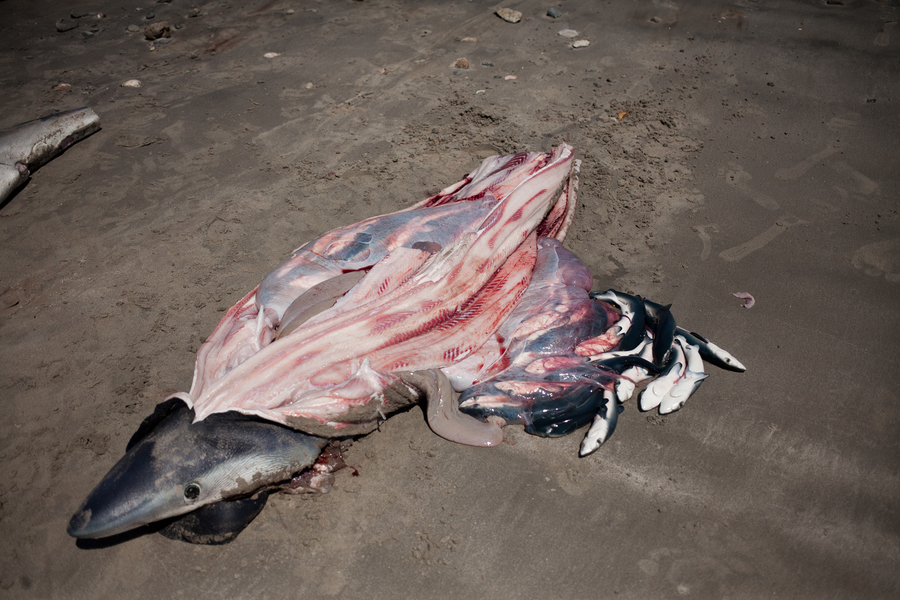
(Dominic Bracco II/ Prime)

(Dominic Bracco II/ Prime)
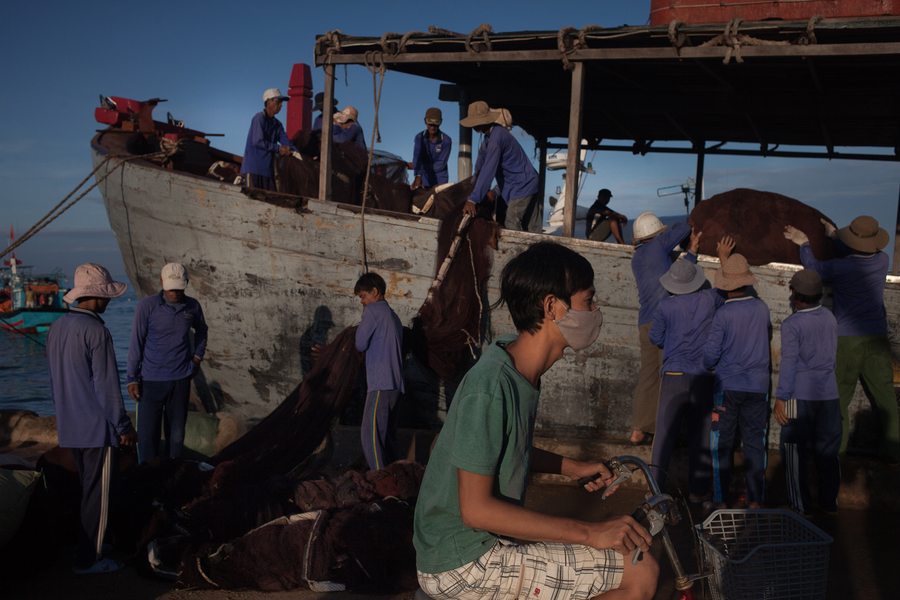
(Dominic Bracco / Prime for Monga Bay)
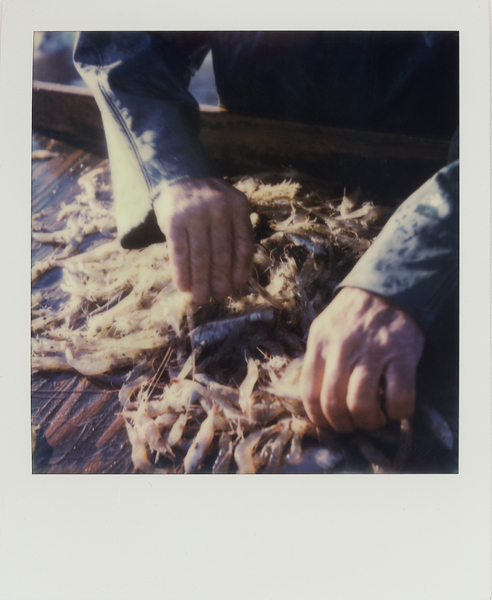
Deckhand Arthur Miller sorts shrimp from bycatch off the coast of Galveston, Texas while shrimping for bait on the "Sherry Diane." (Dominic Bracco II / Prime for WWF Magazine)
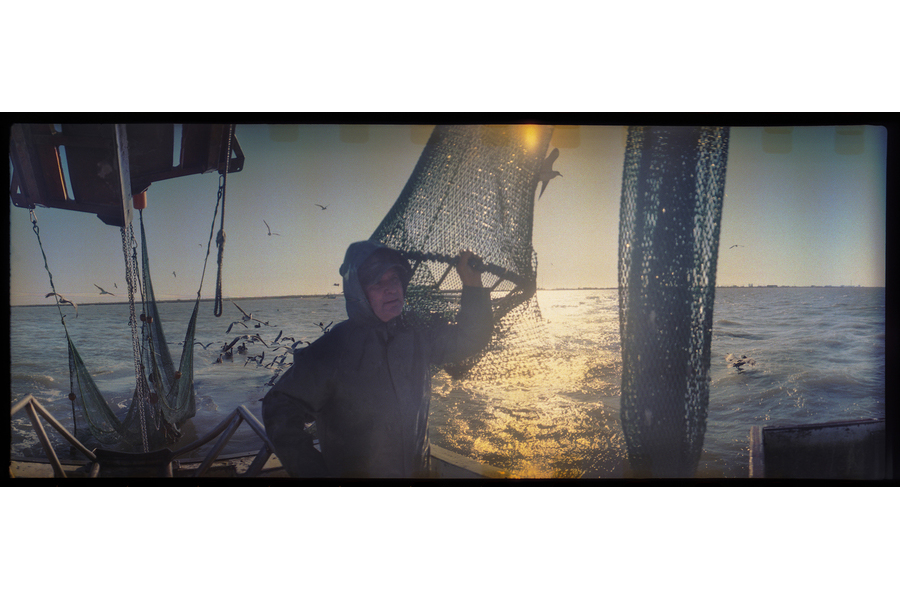
Deckhand Arthur Miller sets nets off the coast of Galveston, Texas while shrimping for bait on the "Sherry Diane." (Dominic Bracco II / Prime for WWF Magazine)
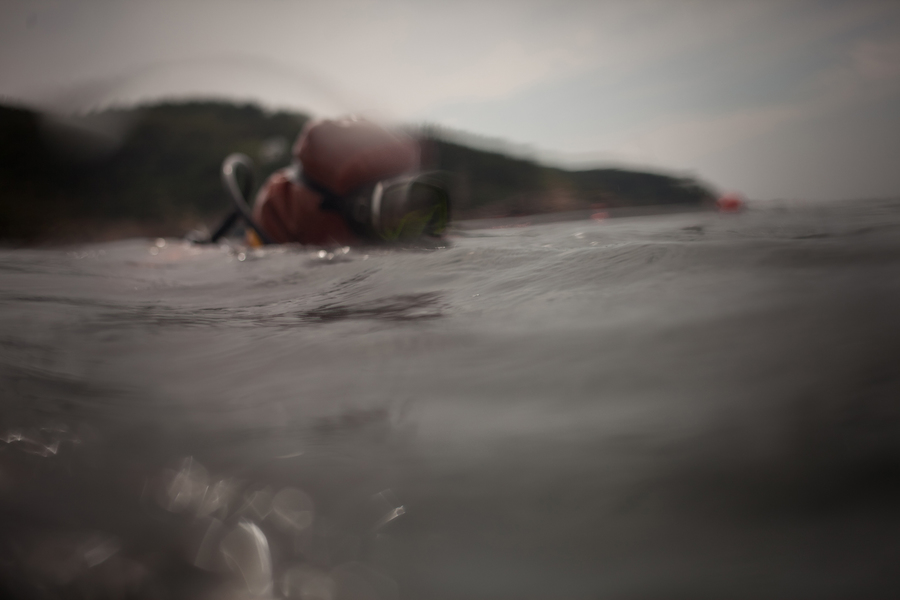
A diver enters the water off the coast of Zhangzi Island. Zhangzidao Group is a leader in China's sustainable fish movement. (Dominic Bracco II / Prime for Mongabay)
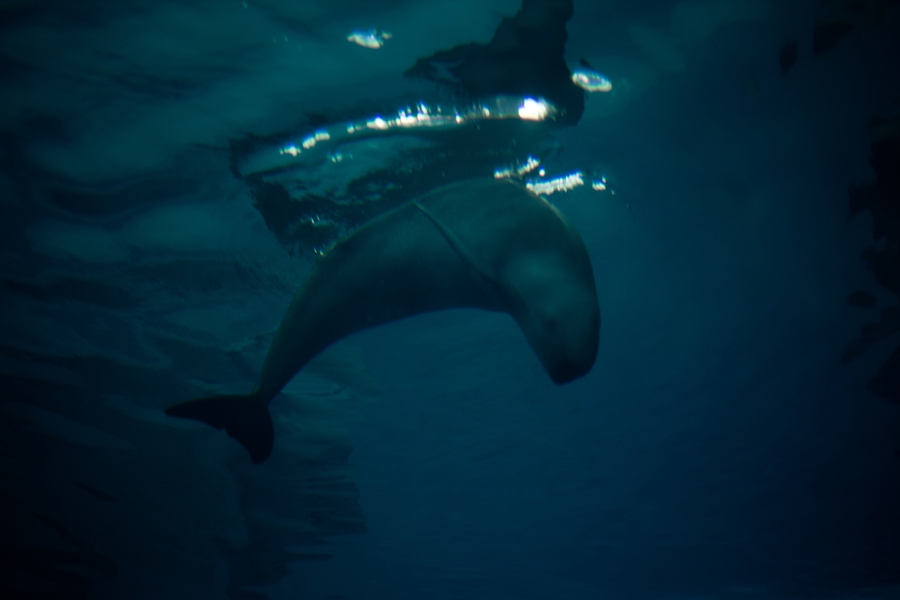
A finless porpose surfaces for air at a tank at the XXXXX Research laboratory in Wuhan, China.
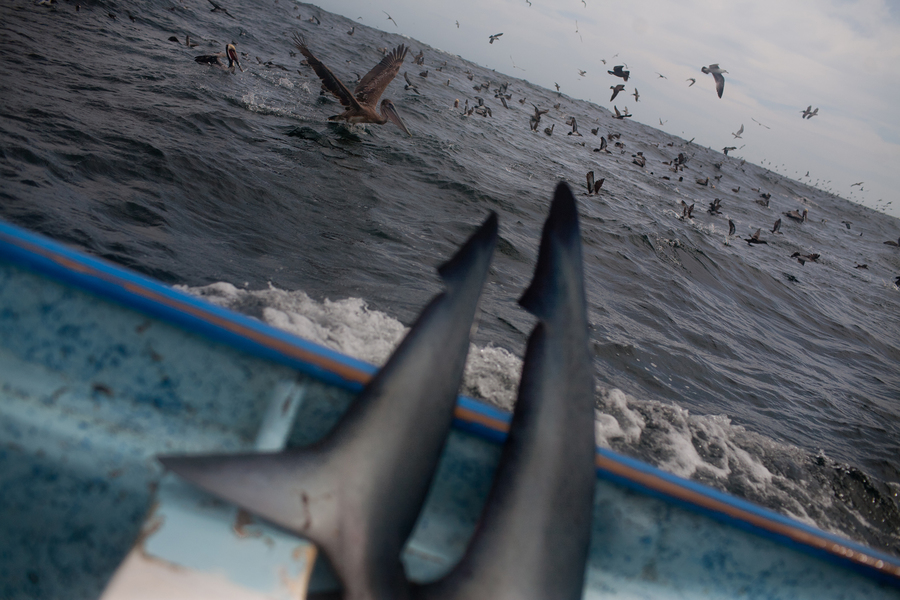
Birds work a school of sardines near Magdalena Bay. (Dominic Bracco II / Prime for Pulitzer Center on Crisis Reporting)
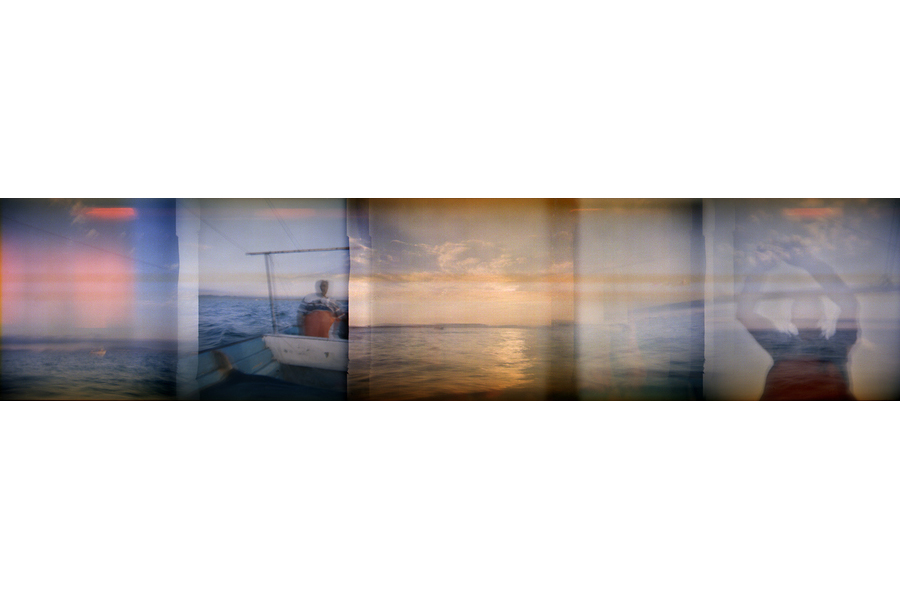
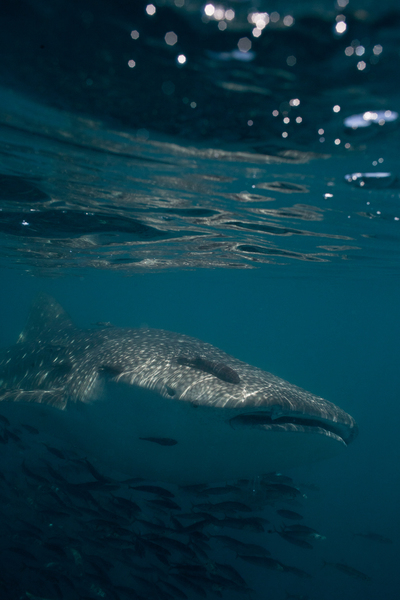
Marine Biologist Hoyt Peckham swims with whale sharks outside La Paz in the Sea of Cortez with whale sharks. (Dominic Bracco II / Prime)
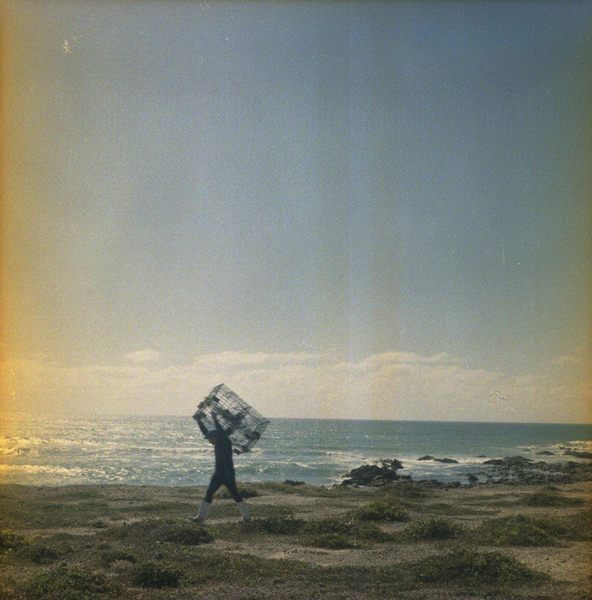
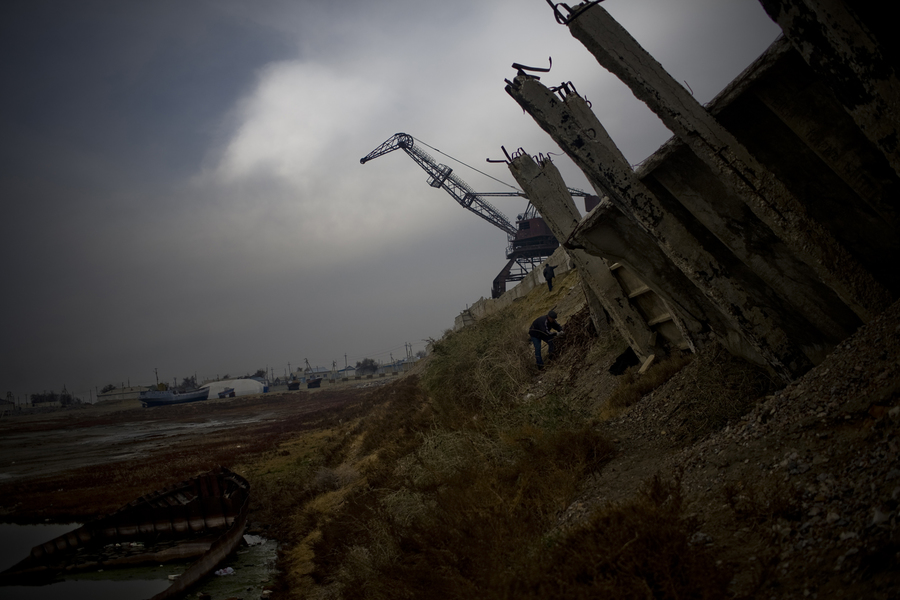
CREDIT: DOMINIC BRACCO II..SLUG:PRJ/KAZAKHSTAN..DATE:11/4/2009..CAPTION:A scavenger takes scrap metal from the former Port of Aralsk, Kazakhstan on November 4, 2009. According to locals the city was much greener when the sea was at its port. ..Aral Sea Overview: ..During the 1960s the USSR began irrigating the waters of the Aral Sea in southern Kazakhstan to combat their growing food crisis. The Soviets severely miscalculated and water began receding quickly from the port cities. The waters continued to recede. By 2000 the water was 80 km away from the city of Aralsk, a main seaport in Kazakhstan. In 2005 with help from the World Bank, construction began on a 13km dike that locals hoped would bring the waters back to their original shores. The project raised water quality and fishing was able to resume, however four years after completion of the dike the water is still 50km from Aralsk's port. Locals seem mixed on the possibility of the sea returning after more than 40 years without the sea. Fishermen from Aralsk make a three-hour path through soft desert road along the former seabed. The only source of income for many is cattle, horses, and camels, which have, began to overgraze the areas of the former seabed and surrounding desert. Because of this nutrient rich topsoil is lifted by the wind and the process of desertification continues. .
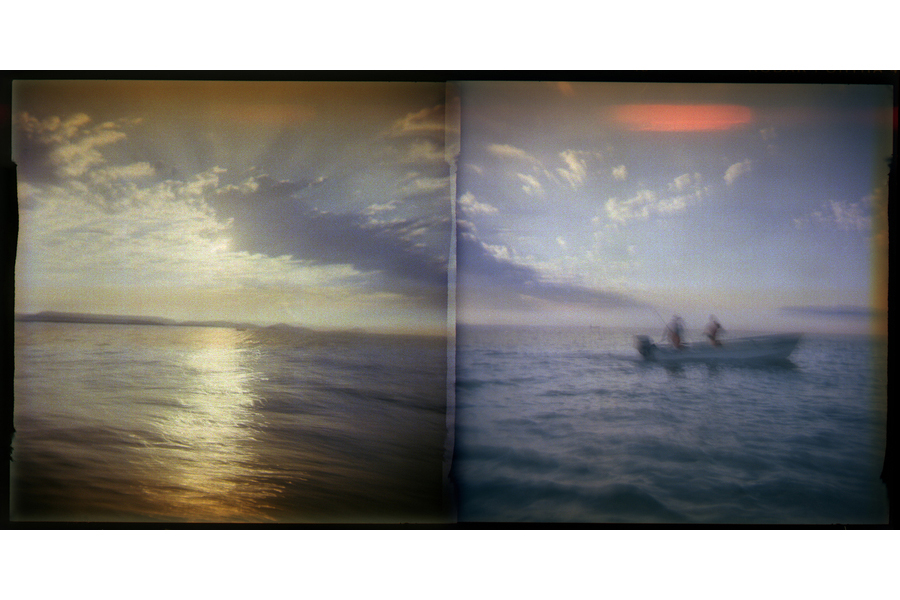

CREDIT: DOMINIC BRACCO II..SLUG:PRJ/KAZAKHSTAN..DATE:11/1/2009..CAPTION:An anchor thrown into the shore of the Aral Sea on November 2, 2009 near Aralsk, Kazakhstan...Aral Sea Overview: ..During the 1960s the USSR began irrigating the waters of the Aral Sea in southern Kazakhstan to combat their growing food crisis. The Soviets severely miscalculated and water began receding quickly from the port cities. The waters continued to recede. By 2000 the water was 80 km away from the city of Aralsk, a main seaport in Kazakhstan. In 2005 with help from the World Bank, construction began on a 13km dike that locals hoped would bring the waters back to their original shores. The project raised water quality and fishing was able to resume, however four years after completion of the dike the water is still 50km from Aralsk's port. Locals seem mixed on the possibility of the sea returning after more than 40 years without the sea. Fishermen from Aralsk make a three-hour path through soft desert road along the former seabed. The only source of income for many is cattle, horses, and camels, which have, began to overgraze the areas of the former seabed and surrounding desert. Because of this nutrient rich topsoil is lifted by the wind and the process of desertification continues. .
PROJECTS
Marcha Al Mar
By Dominic Bracco II
The ocean is man’s last true relationship with the wild. Fishermen and the waters they work cannot be separated. And to save one, you must save the other.
For me this meant looking for the places where man and ocean touch.
The heroes, villains, and ultimate solutions of the ocean crisis are not clear.

